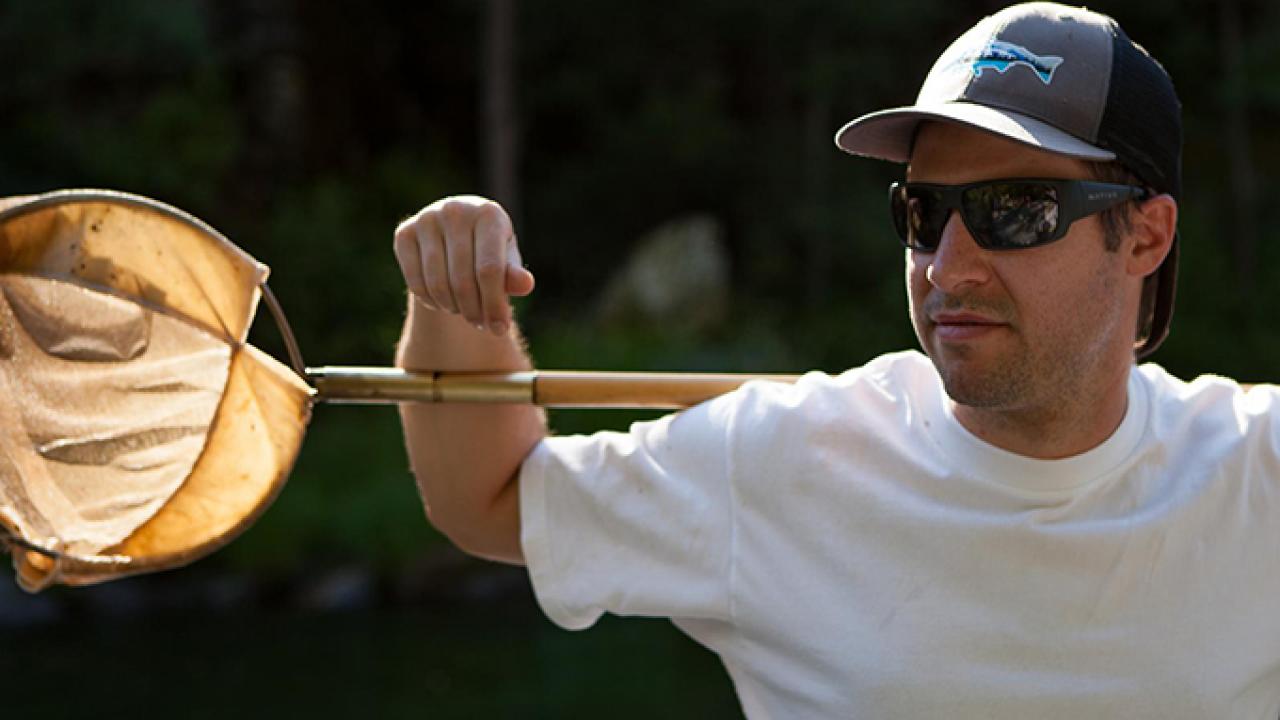
DNA Test Reveals Conservation Gaps
Study Reveals Evolutionary History of Imperiled Salmon Stocks
New technologies for analyzing DNA may transform how imperiled species are considered and managed for conservation protection, according to a study published today in the journal Science Advances and led by the University of California, Davis.
These technologies can be applied to a wide range of species around the world — from mushrooms to walruses — but the study focuses on two iconic species of Pacific salmon: steelhead and chinook. While steelhead are a legendary sport fish, chinook are considered the workhorse of the West Coast salmon industry.
Spring chinook, summer steelhead can’t re-evolve easily
Using an inexpensive, efficient DNA analysis method called RAD (restriction-site associated DNA), developed by UC Davis Assistant Professor Mike Miller, the authors found that early migrating salmon populations (called spring chinook and summer steelhead) depend on a single gene. The version of the gene that makes them migrate early evolved only once in each species.
This indicates that the existence of spring chinook and summer steelhead depends on the existence of the right version of the gene, and this genetic variant cannot be expected to easily re-evolve if lost. Spring chinook and summer steelhead are highly prized by fishermen, considered essential by indigenous cultures in the Pacific West, and ecologically important to watersheds.
The study’s findings are contrary to the previously held view that early migration evolved many times within each species, independently in different watersheds. If that were the case, and early migrating fish were lost due to habitat destruction or other factors, they could quickly re-evolve if habitats were restored. This view made it seem like the decline of early migrating populations wasn’t particularly concerning.
Management implications
The study’s findings carry significant management implications. In most watersheds, spring chinook and summer steelhead are currently not protected independently from their later-migrating counterparts (fall chinook and winter steelhead) even though early migrating populations are on the brink of extinction in most locations where they haven’t already been lost. Fall chinook and winter steelhead populations are relatively healthy in most watersheds.
“Now that genomic technologies allow us to uncover the genetic basis and evolutionary history of important adaptations, we need to begin using this information to improve conservation policies,” said Miller. “Current conservation and management strategies are simply not sufficient to protect some types of irreplaceable biodiversity, which can be economically, culturally and ecologically beneficial.”
The study indicates that protecting specific adaptive variation — such as distinct run timings in Pacific salmon — can be necessary to prevent the permanent loss of important biodiversity.
Such analyses set the stage for new genetic technologies to play a role in improving conservation strategies and determining how to prioritize populations for protection under the Endangered Species Act.
The study was funded by the UC Davis Department of Animal Science.
Media contact(s)
Kat Kerlin, UC Davis News and Media Relations, 530-752-7704, kekerlin@ucdavis.edu
Michael Miller, UC Davis Animal Science, 530-304-4719, micmiller@ucdavis.edu